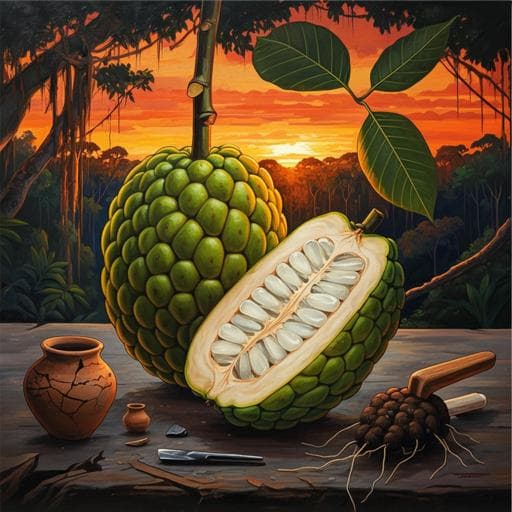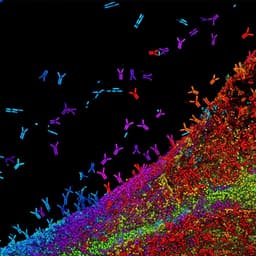
Agriculture
Domestication of the Amazonian fruit tree cupuaçu may have stretched over the past 8000 years
M. Colli-silva, J. E. Richardson, et al.
Explore the intriguing domestication journey of cupuaçu, an Amazonian treasure, with groundbreaking genomic analysis revealing its roots linked to the wild cupuí. This study by Matheus Colli-Silva, James E. Richardson, Eduardo G. Neves, Jennifer Watling, Antonio Figueira, and José Rubens Pirani unravels a rich history of agricultural evolution over 5000–8000 years, shaped by both ancient and modern influences.
~3 min • Beginner • English
Related Publications
Explore these studies to deepen your understanding of the subject.







